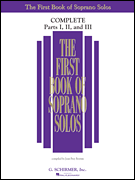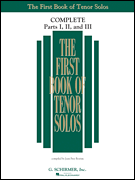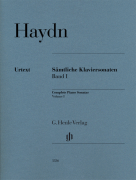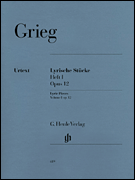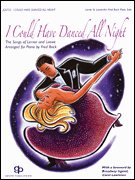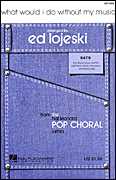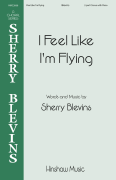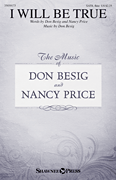Search Results for: “I Would”
Loading...
If Ever I Would Leave You View 67 Products
I Wish I Knew How It Would Feel To Be Free View 66 Products
Would I Miss The Miracle? View 55 Products
I Wouldn't Have Missed It For The World View 16 Products
I Wish You Would View 16 Products
I Wish It Would Rain View 14 Products
If I Said You Have A Beautiful Body Would You Hold It Against Me View 13 Products
I Would Die 4 U View 12 Products
I Wouldn't Change You If I Could View 9 Products
I Wouldn't Trade You View 7 Products
I Wouldn't Take Nothing For My Journey Now View 7 Products
I Wouldn't Believe Your Radio View 7 Products
I Would Be The Meal View 6 Products
I Would Be True View 6 Products
What Kind Of Man Would I Be? View 6 Products
I Would Like View 5 Products
I Wouldn't Leave My Little Wooden Hut Fo View 5 Products
I Would Love To View 4 Products
Would I Lie To You? View 4 Products
I Would Be Sad View 4 Products
Who Said I Would View 3 Products
I Wouldn't Want To Be Like You View 2 Products
I Didn't Think She Would Do It View 2 Products
That I Would Be Good View 2 Products
